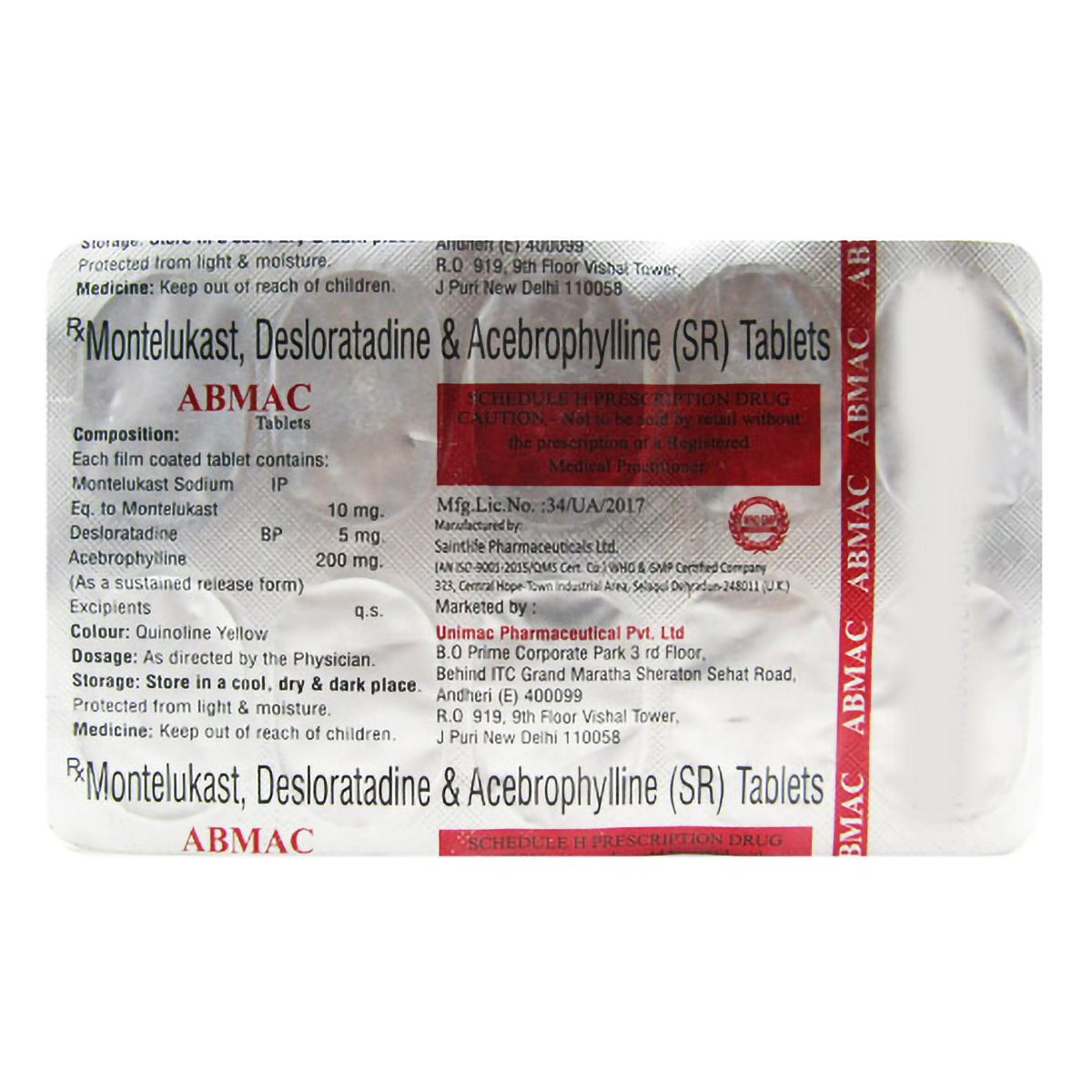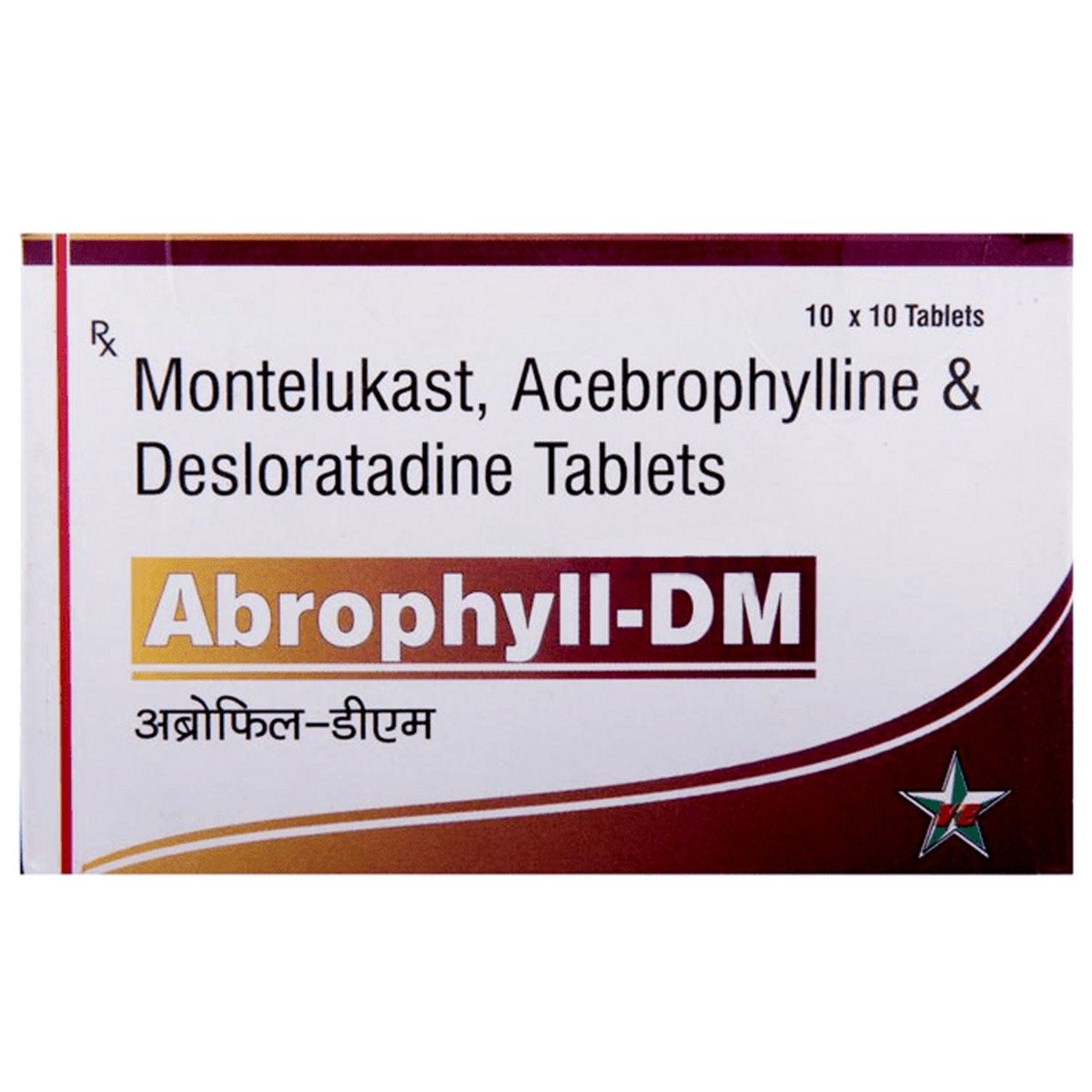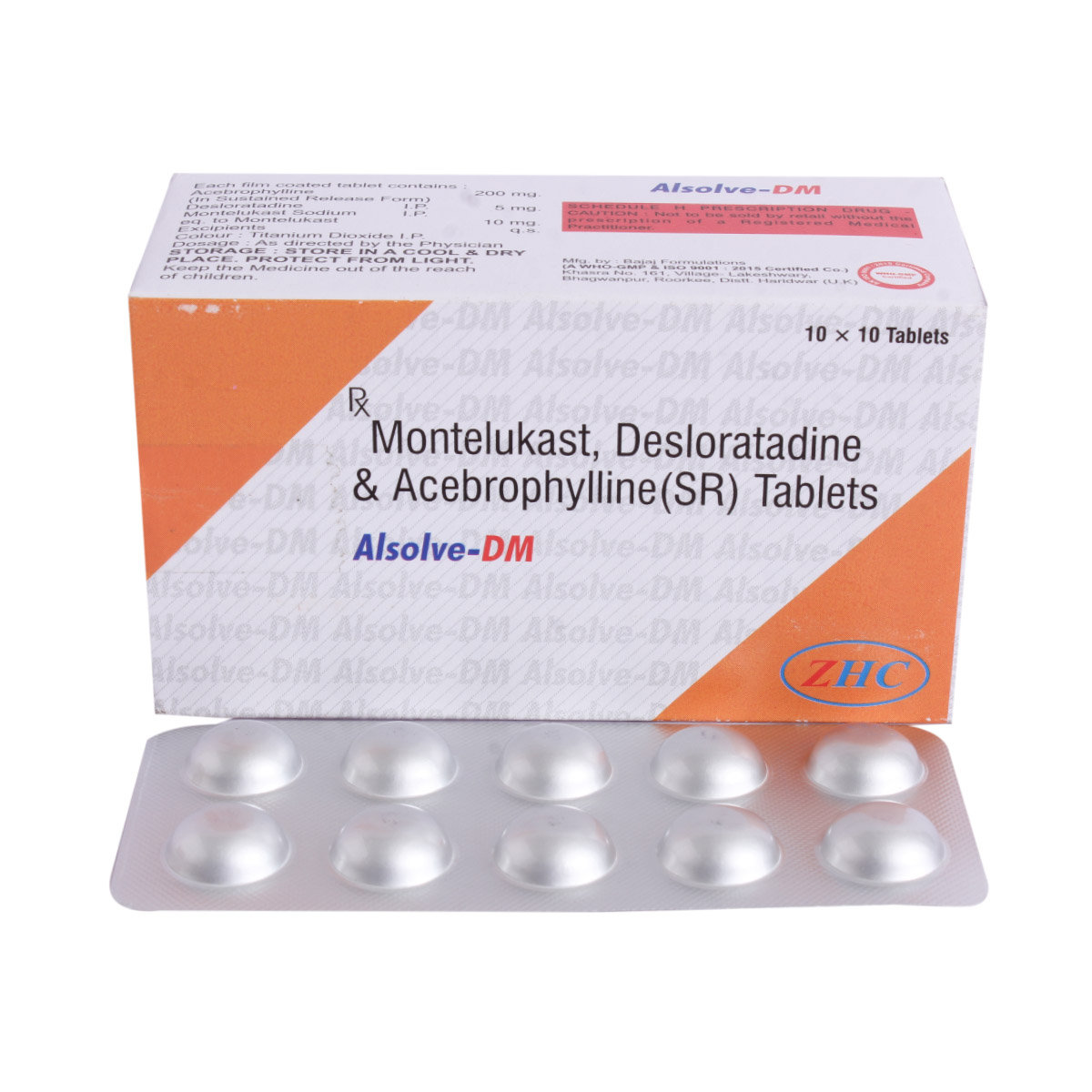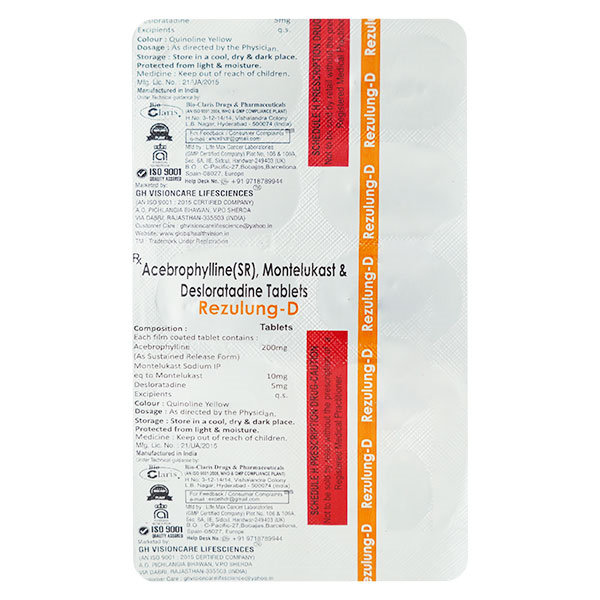PHILMONT TABLET

MRP ₹233
(Inclusive of all Taxes)
₹35.0 Cashback (15%)
know your delivery time
Provide Delivery Location
Manufacturer/Marketer :
Consume Type :
Expires on or after :
Return Policy :

Secure Payment

Trusted by 8 Crore Indians

Genuine Products
Therapeutic Class
Country of origin
Manufacturer/Marketer address
Author Details
We provide you with authentic, trustworthy and relevant information
Disclaimer
Alcohol
Safe if prescribed
Avoid consumption of alcohol with PHILMONT TABLET as it may increase drowsiness. Please consult a doctor before consuming alcohol with PHILMONT TABLET .
Pregnancy
Consult your doctor
PHILMONT TABLET is given to pregnant women only if the doctor thinks the benefits are greater than the risks. Therefore, please inform your doctor if you are pregnant before using PHILMONT TABLET .
Breast Feeding
Consult your doctor
It is unknown whether PHILMONT TABLET is excreted in human milk. Please consult a doctor before taking PHILMONT TABLET if you are breastfeeding.
Driving
Safe if prescribed
Drive only if you are alert after taking PHILMONT TABLET as it may cause drowsiness or dizziness in some people.
Liver
Consult your doctor
Take PHILMONT TABLET with caution, especially if you have a history of Liver diseases/conditions. The dose may be adjusted by your doctor as required.
Kidney
Consult your doctor
Take PHILMONT TABLET with caution, especially if you have a history of Kidney diseases/conditions. The dose may be adjusted by your doctor as required.
Children
Safe if prescribed
PHILMONT TABLET should be used with caution in children in doses as prescribed by a doctor.
Product Substitutes
About PHILMONT TABLET
PHILMONT TABLET belongs to the class of drugs called respiratory stimulants primarily used to prevent and treat symptoms of asthma and chronic obstructive pulmonary disease (COPD). Asthma is a chronic (long-term) respiratory condition in which airways narrow, swell, and produce extra mucus, leading to difficulty breathing. COPD is a group of lung diseases with emphysema (shortness of breath) and chronic bronchitis (inflammation of the lining of bronchial tubes).
PHILMONT TABLET is a combination of three drugs, namely: Acebrophylline (bronchodilator), Desloratadine (antihistamine), and Montelukast (leukotriene receptor antagonist). Acebrophylline works by relaxing muscles and widening the airways of the lungs. Additionally, it also acts as a mucolytic (cough/sputum thinner) agent and helps in thinning and loosening phlegm (mucus) in the lungs, windpipe, and nose. Thereby helps to cough out easily and makes breathing easier by opening airways. Desloratadine works by blocking the action of histamine, a substance responsible for causing allergic reactions. Montelukast works by blocking the action of chemicals called leukotrienes that cause inflammation (swelling) and increased mucus production in the airways. Thereby reducing inflammation, mucus production, and narrowing in the airways.
Take PHILMONT TABLET as prescribed. You are advised to take PHILMONT TABLET for as long as your doctor has recommended it based on your medical condition. Some people may experience nausea, vomiting, stomach upset, headache, and restlessness. Most of these side effects of PHILMONT TABLET do not require medical attention and gradually resolve over time. However, if the side effects persist or worsen, please consult your doctor.
If you are allergic to PHILMONT TABLET or any other medicines, please tell your doctor. If your breathing worsens or you often wake up at night with asthma or experience chest tightness in the morning, please consult a doctor immediately, as these might be signs indicating that your asthma is not controlled properly and requires an alternate or additional treatment. If you are pregnant or breastfeeding, it is advised to inform your doctor before using PHILMONT TABLET . Do not take PHILMONT TABLET if you have a heart rhythm disorder that causes fast heartbeats. Avoid taking PHILMONT TABLET if you have low blood pressure, irregular heartbeats, hemodynamic instability (unstable blood pressure), had a heart attack, kidney or liver diseases.
Uses of PHILMONT TABLET
Medicinal Benefits Mweb
Key Benefits
PHILMONT TABLET contains Acebrophylline (bronchodilator), Desloratadine (antihistamine), and Montelukast (leukotriene receptor antagonist) used to prevent and treat symptoms of asthma and chronic obstructive pulmonary disease (COPD). Acebrophylline relaxes muscles and widens the airways of the lungs. Additionally, it also acts as a mucolytic (cough/sputum thinner) agent and helps in thinning and loosening phlegm (mucus) in the lungs, windpipe and nose. Thereby, helps to cough out easily and makes breathing easier by opening airways. Desloratadine is an anti-allergic drug that helps to provide relief from allergy symptoms such as sneezing, running nose, watery eyes, itching, swelling, and congestion or stiffness. Montelukast reduces inflammation, mucus production and narrowing in the airways. PHILMONT TABLET helps to prevent an asthma attack.
Directions for Use
Side Effects of PHILMONT TABLET
- Nausea
- Vomiting
- Stomach upset
- Headache
- Restlessness
Drug Warnings
If you are allergic to PHILMONT TABLET or any other medicines, please tell your doctor. If your breathing worsens or you often wake up at night with asthma, experience chest tightness in the morning, please consult a doctor immediately as these might be signs indicating that your asthma is not controlled properly and requires an alternate or additional treatment. Regular monitoring of potassium levels is recommended while taking PHILMONT TABLET as it may cause low potassium levels in the blood. If you are pregnant or breastfeeding, it is advised to inform your doctor before using PHILMONT TABLET . Do not take PHILMONT TABLET if you have a heart rhythm disorder that causes fast heartbeats. Avoid taking PHILMONT TABLET if you have low blood pressure, irregular heartbeats, hemodynamic instability (unstable blood pressure), had a heart attack, kidney or liver diseases.
Drug-Drug Interactions
Drug-Drug Interactions
Login/Sign Up
Co-administration of Philmont Tablet with Isocarboxazid can increase the risk of CNS depression.
How to manage the interaction:
Taking Philmont Tablet with Isocarboxazid together can possibly result in an interaction, but it can be taken if a doctor has advised it. Do not stop using any medications without talking to a doctor.
Co-administration of Ivacaftor and Philmont Tablet can increase the levels of Philmont Tablet.
How to manage the interaction:
Co-administration of Philmont Tablet with Ivacaftor can possibly result in an interaction, but it can be taken if doctor has advised it. Do not stop using any medications without talking to a doctor.
Co-administration of Philmont Tablet with Tranylcypromine may increase the risk or severity of CNS depression (decreased heart rate, decreased rate of breathing, loss of consciousness).
How to manage the interaction:
Although there is an interaction between Philmont Tablet with tranylcypromine, but it can be taken if a doctor has advised it. However, if you experience any unusual symptoms contact your doctor immediately. Do not discontinue any medications without consulting a doctor.
Coadministration of Rifapentine with Philmont Tablet may reduce the blood levels and effects of Philmont Tablet. This can lead to low treatment outcomes.
How to manage the interaction:
Taking Rifapentine with Philmont Tablet together can possibly result in an interaction, it can be taken if your doctor has advised it. If you experience increased side effects such as headache, fever, sore throat, cough, abdominal pain, diarrhea, earaches, runny nose, or behavior and mood changes consult a doctor. Do not discontinue any medications without consulting a doctor.
Coadministration of Miconazole with Philmont Tablet may increase the blood levels and effects of Philmont Tablet. This increases the risk or severity of side effects.
How to manage the interaction:
Although there is a possible interaction between miconazole and Philmont Tablet, you can take these medicines together if prescribed by your doctor. However, if you experience any symptoms such as fever, sore throat, cough, stomach pain, diarrhea, earache, runny nose, or uncommon, depression, confusion, difficulty concentrating, anxiety, hallucinations, irritability. memory impairment, restlessness, sleep walking, Consult a doctor immediately. Do not stop using medications without a doctor's advice.
Coadministration of Philmont Tablet and Phenytoin may reduce the blood levels and effects of Philmont Tablet. This can lead to low treatment outcomes.
How to manage the interaction:
Taking Philmont Tablet and Phenytoin may interact with one another, but they can be taken together if your doctor has prescribed them. However, if you experience signs such as headache, fever, sore throat, cough, abdominal pain, diarrhoea, earache, runny nose, or behaviour and mood changes, consult a doctor immediately. Do not discontinue any medications without consulting a doctor.
Coadministration of Philmont Tablet and primidone can reduce the levels and effects of Philmont Tablet.
How to manage the interaction:
Taking Philmont Tablet and Primidone together can possibly result in an interaction, it can be taken if prescribed by a doctor. However, if you experience any unusual symptoms, contact a doctor immediately. Do not discontinue any medications without consulting a doctor.
Coadministration of Philmont Tablet and rifabutin can reduce the levels and effects of Rifabutin. This can lead to low treatment outcomes.
How to manage the interaction:
Taking Philmont Tablet and rifabutin together can possibly result in an interaction, it can be taken if your doctor has advised it. However, if you experience increased side effects such as headache, fever, sore throat, cough, abdominal pain, diarrhea, earache, runny nose, or behavior and mood changes consult a doctor. Do not discontinue any medications without consulting a doctor.
Drug-Food Interactions
Drug-Food Interactions
Login/Sign Up
Drug-Diseases Interactions
Drug-Diseases Interactions
Login/Sign Up
Drug-Drug Interactions Checker List
- FUROSEMIDE
- ALLOPURINOL
- CIMETIDINE
- CIPROFLOXACIN
- ERYTHROMYCIN
- AZITHROMYCIN
- AMOXICILLIN
- DOXYCYCLINE
- DILTIAZEM
- VERAPAMIL
- ISOPRENALINE
- THIABENDAZOLE
- KETOCONAZOLE
- FLUOXETINE
- PREDNISONE
- ETHINYLESTRADIOL
Habit Forming
Diet & Lifestyle Advise
- Eat foods rich in potassium such as tomatoes, bananas, asparagus, oranges, potatoes, avocados, dark leafy greens, and beetroots as potassium is important for lung function and a deficiency in potassium may cause breathing problems.
- Drink plenty of fluids every day to thin mucus which makes it easier to cough out.
- Avoid foods such as cabbage, beans, garlic, onions, shrimp, pickled food, dried fruits, fried foods, carbonated drinks, wine, bottled lemon, and lime juice as it may worsen asthma symptoms.
- Exercise regularly to strengthen your breathing muscles and boost your immune system. Learning breathing exercises will help you move more air in and out of your lungs.
- Do meditation, deep breathing, regular exercise, and try progressive muscle relaxation techniques to get relief from stress and reduce the risk of an asthma attack.
- Quit smoking as it may reduce the effectiveness of the PHILMONT TABLET and irritate the lungs and worsen breathing problems.
All Substitutes & Brand Comparisons
RX
Out of StockAero-DL Tablet SR
₹180
(₹16.2 per unit)
22% CHEAPERRX
Asthalon-DM Tablet 10's
Echelon Biotech
₹229.5
(₹20.66 per unit)
1% CHEAPERRX
Out of StockBiomont-DL Tablet 10's
Bion Pharma
₹220
(₹22.0 per unit)
4% COSTLIER

Have a query?
Buy best Respiratory System products by
Cipla Ltd
Lupin Ltd
Glenmark Pharmaceuticals Ltd
Sun Pharmaceutical Industries Ltd
Alkem Laboratories Ltd
Macleods Pharmaceuticals Ltd
Mankind Pharma Pvt Ltd
Zydus Healthcare Ltd
Leeford Healthcare Ltd
Dr Reddy's Laboratories Ltd
Zydus Cadila
Abbott India Ltd
Intas Pharmaceuticals Ltd
Alembic Pharmaceuticals Ltd
German Remedies Ltd
Centaur Pharmaceuticals Pvt Ltd
Ipca Laboratories Ltd
Aristo Pharmaceuticals Pvt Ltd
Pristine Pearl Pharma Pvt Ltd
Wockhardt Ltd
GlaxoSmithKline Pharmaceuticals Ltd
Zuventus Healthcare Ltd
Koye Pharmaceuticals Pvt Ltd
Micro Labs Ltd
Blue Cross Laboratories Pvt Ltd
Medishri Healthcare Pvt Ltd
Med Manor Organics Pvt Ltd
Indiabulls Pharmaceuticals Pvt Ltd
Adonis Laboratories Pvt Ltd
FDC Ltd
Fourrts India Laboratories Pvt Ltd
Tablets India Ltd
J B Chemicals & Pharmaceuticals Ltd
Shreya Life Sciences Pvt Ltd
Divine Savior Pvt Ltd
Indoco Remedies Ltd
Seagull Pharmaceutical Pvt Ltd
Yash Pharma Laboratories Pvt Ltd
Torque Pharmaceuticals Pvt Ltd
Uniza Healthcare Llp
Wings Pharmacuticals Pvt Ltd
Biological E Ltd
Corona Remedies Pvt Ltd
Icarus Health Care Pvt Ltd
Steris Healthcare
Apex Laboratories Pvt Ltd
Geno Pharmaceuticals Pvt Ltd
Navil Laboratories Pvt Ltd
Precept Pharma
Aar Ess Remedies Pvt Ltd
La Renon Healthcare Pvt Ltd
Torrent Pharmaceuticals Ltd
Astra Zeneca Pharma India Ltd
Biochem Pharmaceutical Industries Ltd
Comed Chemicals Ltd
Entod Pharmaceuticals Ltd
Franco Indian Pharmaceuticals Pvt Ltd
Healthgate Pvt Ltd
Intra Life Pvt Ltd
Megma Healthcare Pvt Ltd
Pfizer Ltd
RPG Life Sciences Ltd
Unipark Biotech Pvt Ltd
Votary Laboratories (India) Ltd
Wanbury Ltd
Brinton Pharmaceuticals Ltd
Dolvis Bio Pharma Pvt Ltd
Eisen Pharmaceutical Co Pvt Ltd
Group Pharmaceuticals Ltd
Knoll Pharmaceuticals Ltd
Morepen Laboratories Ltd
Panacea Biotec Ltd
Prevego Healthcare & Research Pvt Ltd
Rnd Laboratories Pvt Ltd
Sanatra Healthcare Ltd
Skn Organics Pvt Ltd
Stedman Pharmaceuticals Pvt Ltd
Thuyam Life Pvt Ltd
Timon Pharmaceuticals Pvt Ltd
Aglowmed Pharmaceuticals Ltd
Ajanta Pharma Ltd
Alniche Life Sciences Pvt Ltd
Bio Warriors Pharmaceucticals Pvt Ltd
Biochemix Health Care Pvt Ltd
Cadila Healthcare Ltd
Cadila Pharmaceuticals Ltd
Caplet India Pvt Ltd
Chemo Healthcare Pvt Ltd
Delcure Life Sciences Ltd
East West Pharma India Pvt Ltd
Elder Pharmaceuticals Ltd
Embiotic Laboratories (P) Ltd
Emcee Pharmaceuticals (P) Ltd
Foregen Healthcare Ltd
Hetero Healthcare Pvt Ltd
Incite Pharmaceuticals
Iva Healthcare Pvt Ltd
Kepler Healthcare Pvt Ltd
Kristal Pharmaceuticals
Lincoln Pharmaceuticals Ltd
Customers Also Bought
Recommended for a 30-day course: 3 Strips


_0.jpg?tr=q-85)










